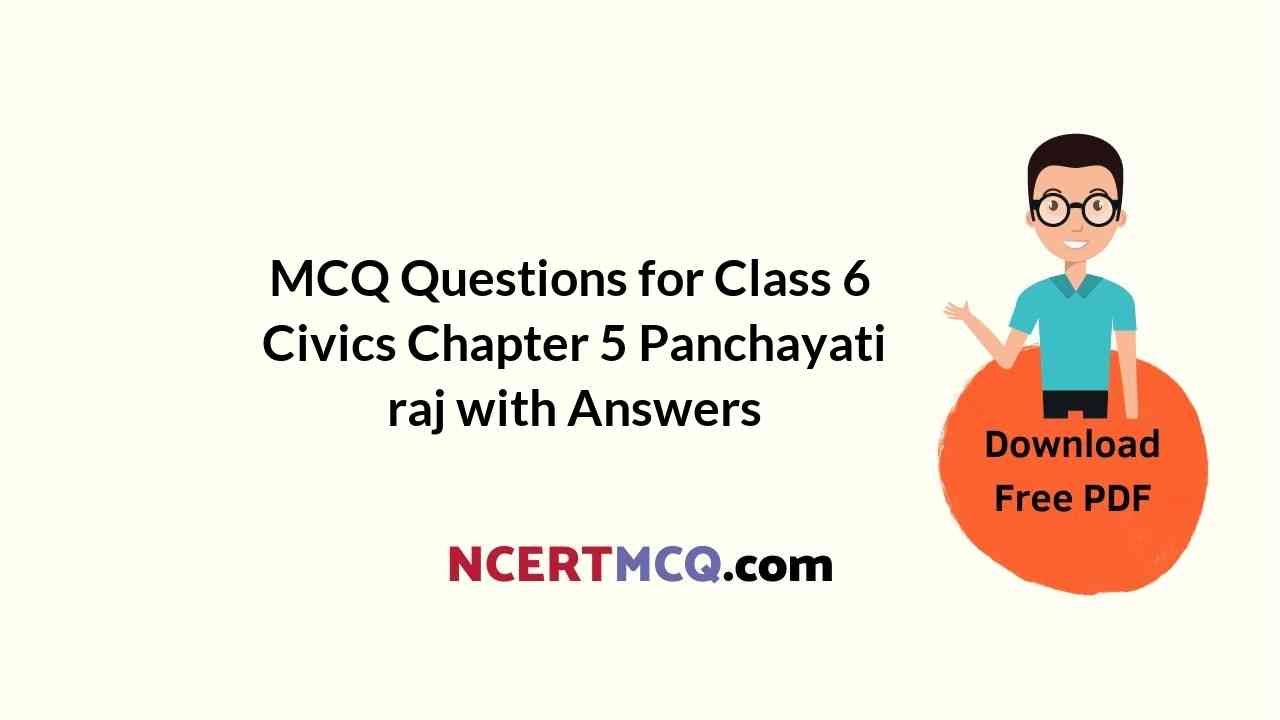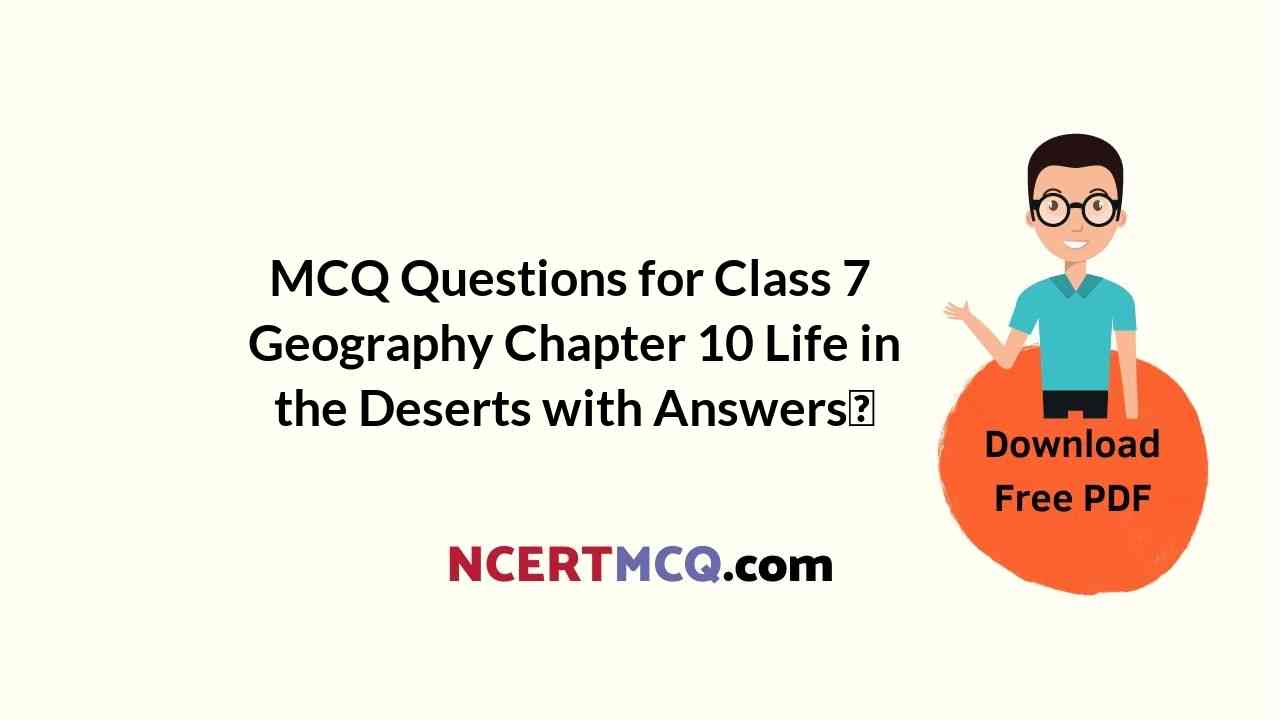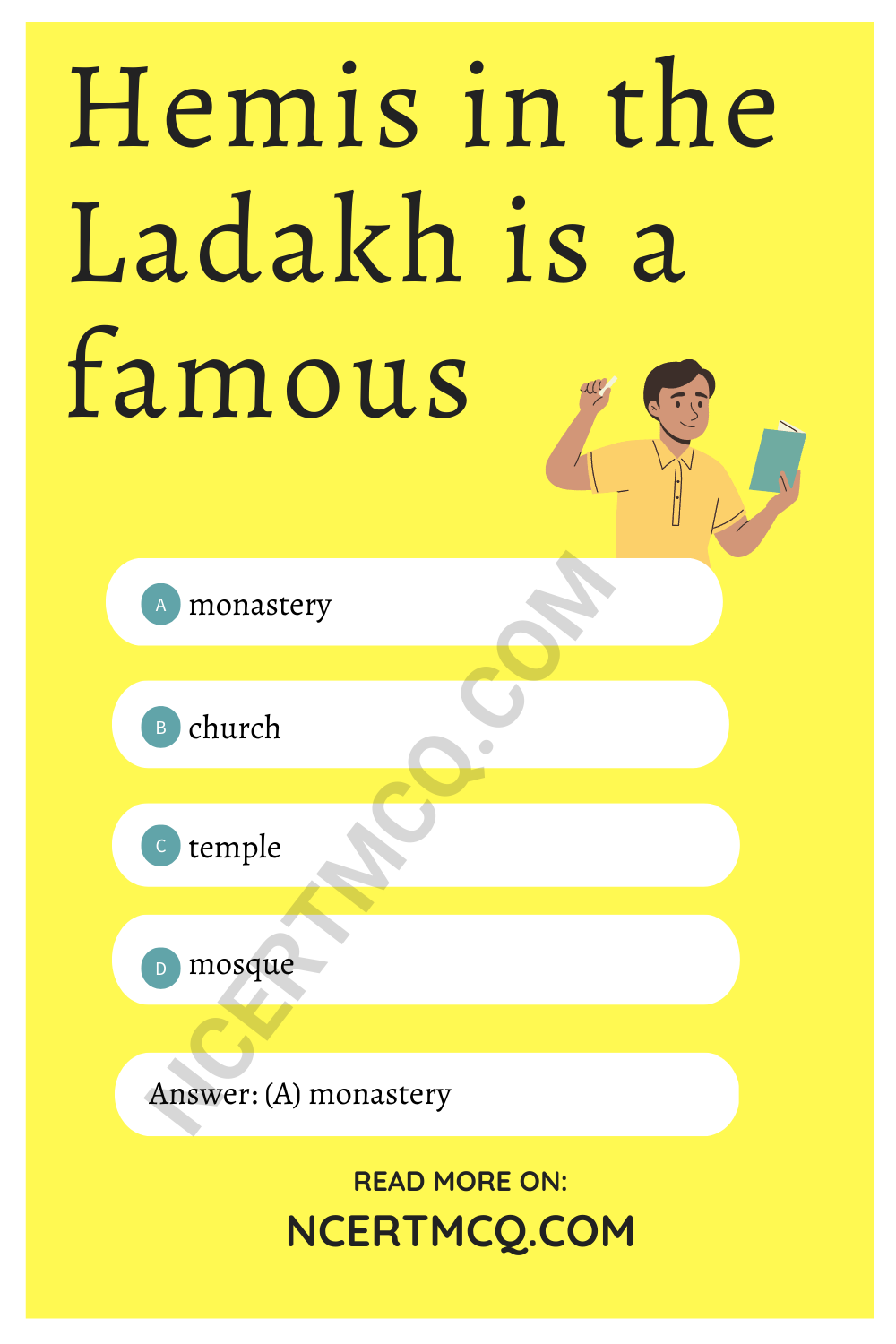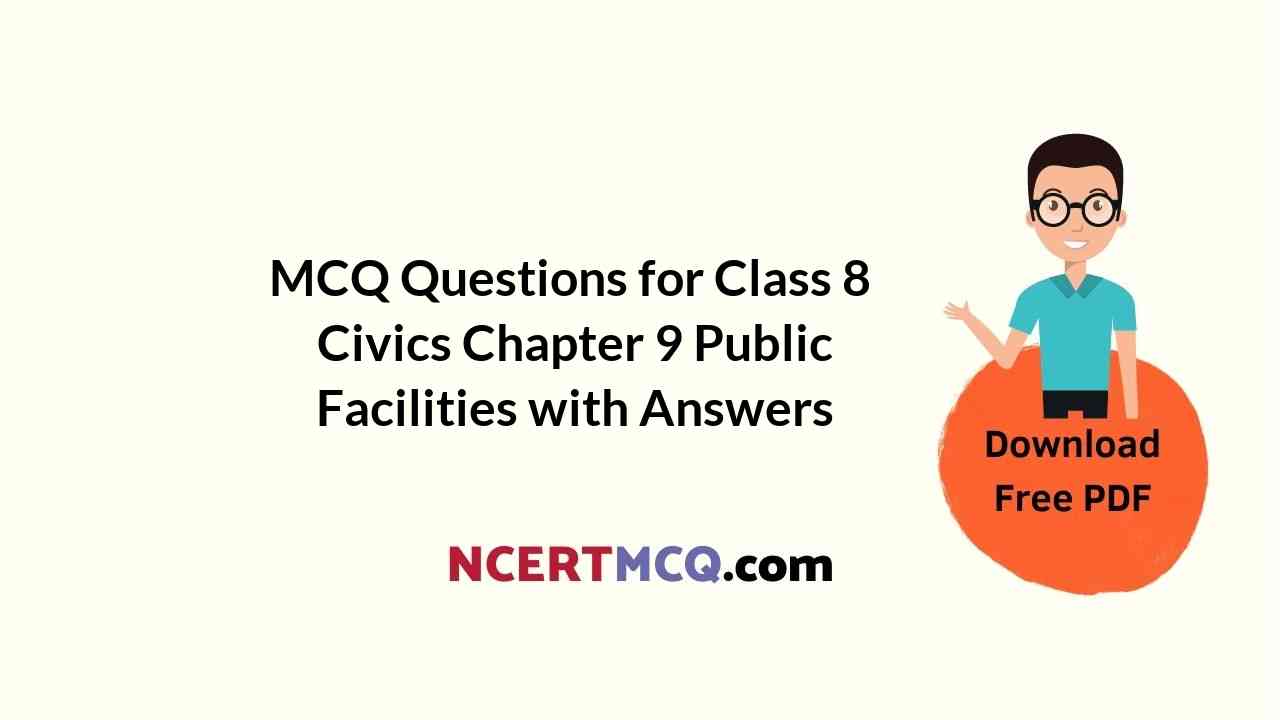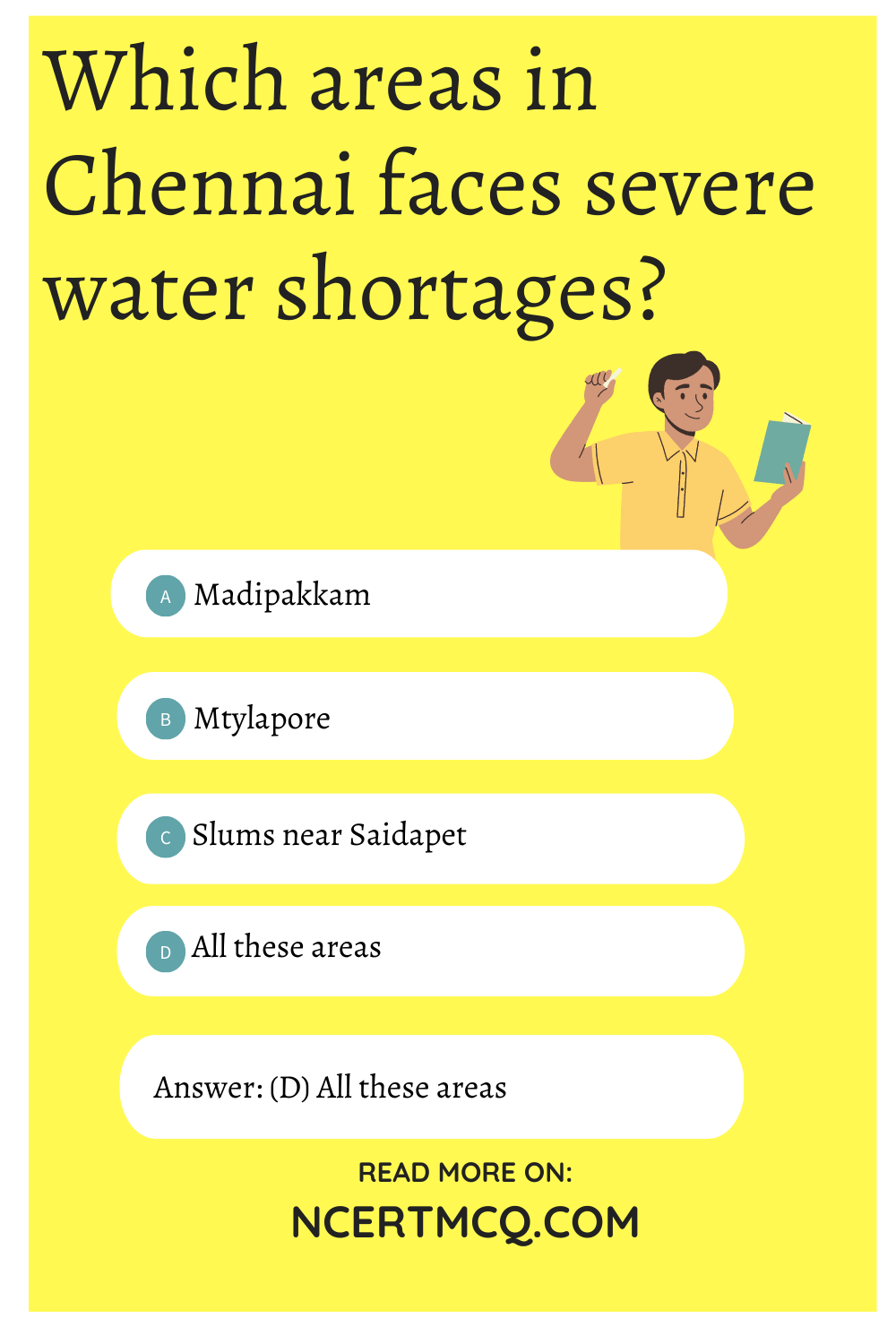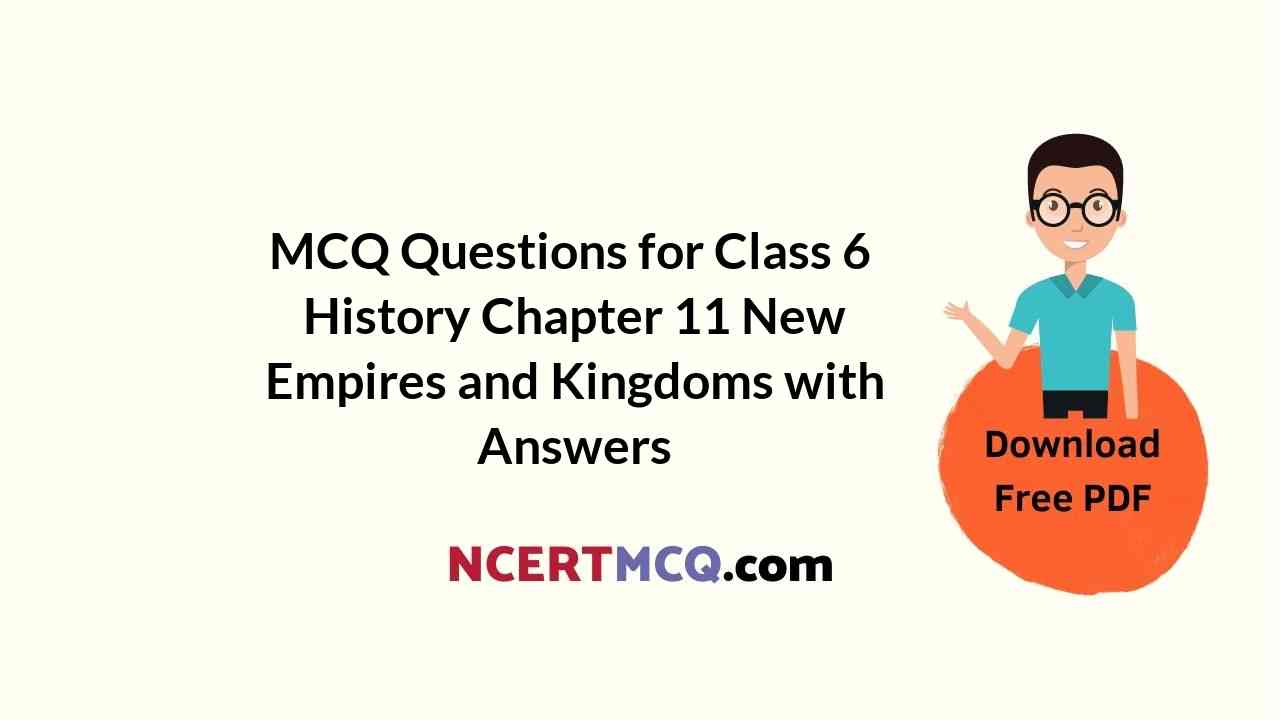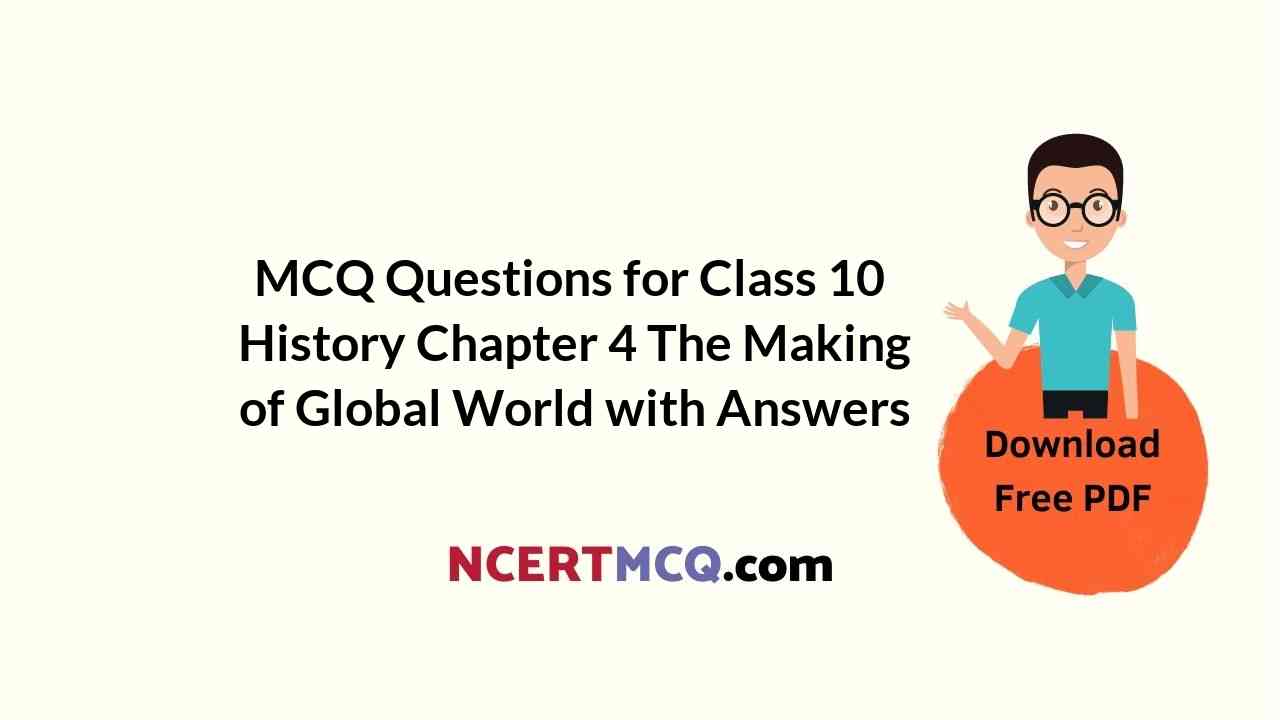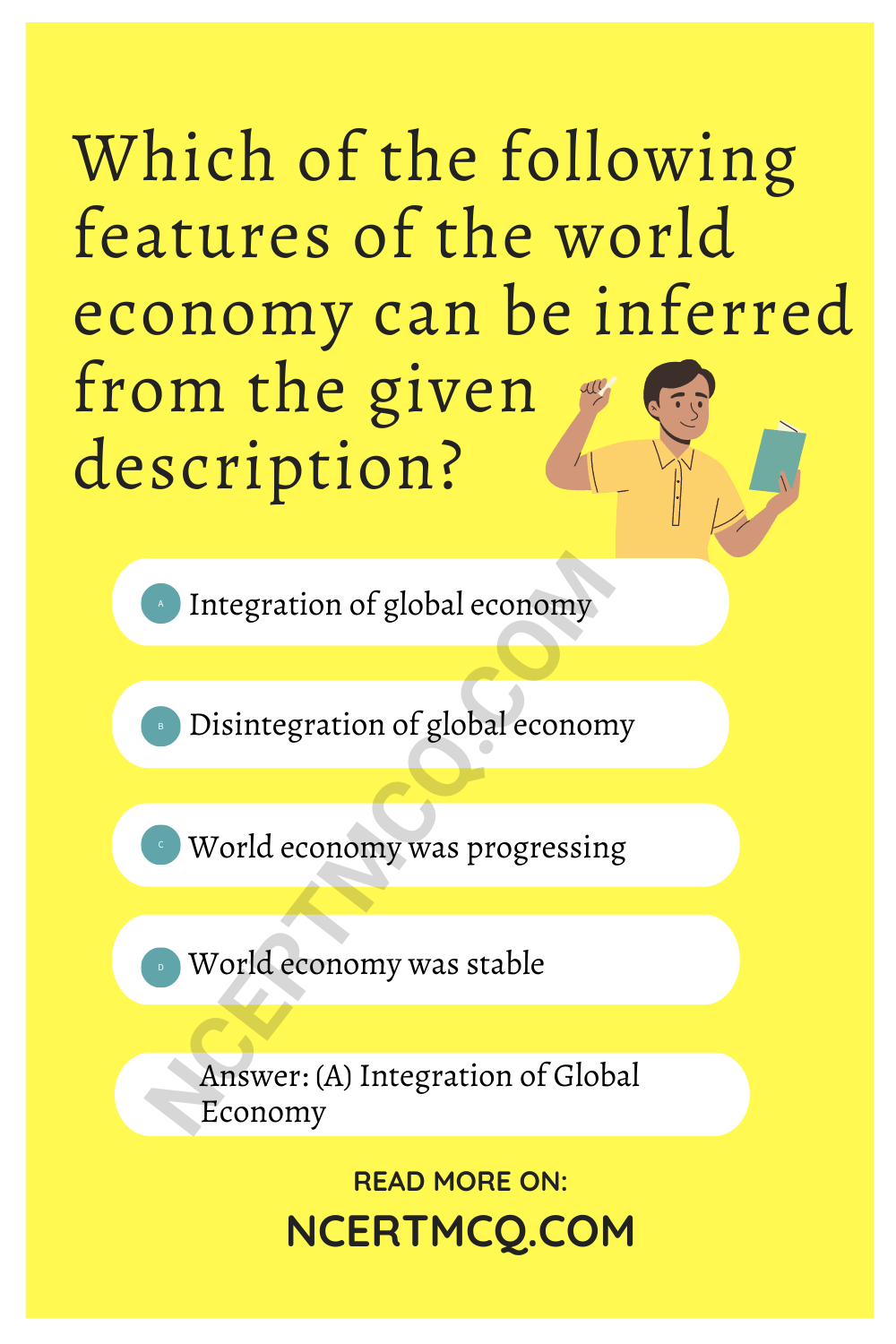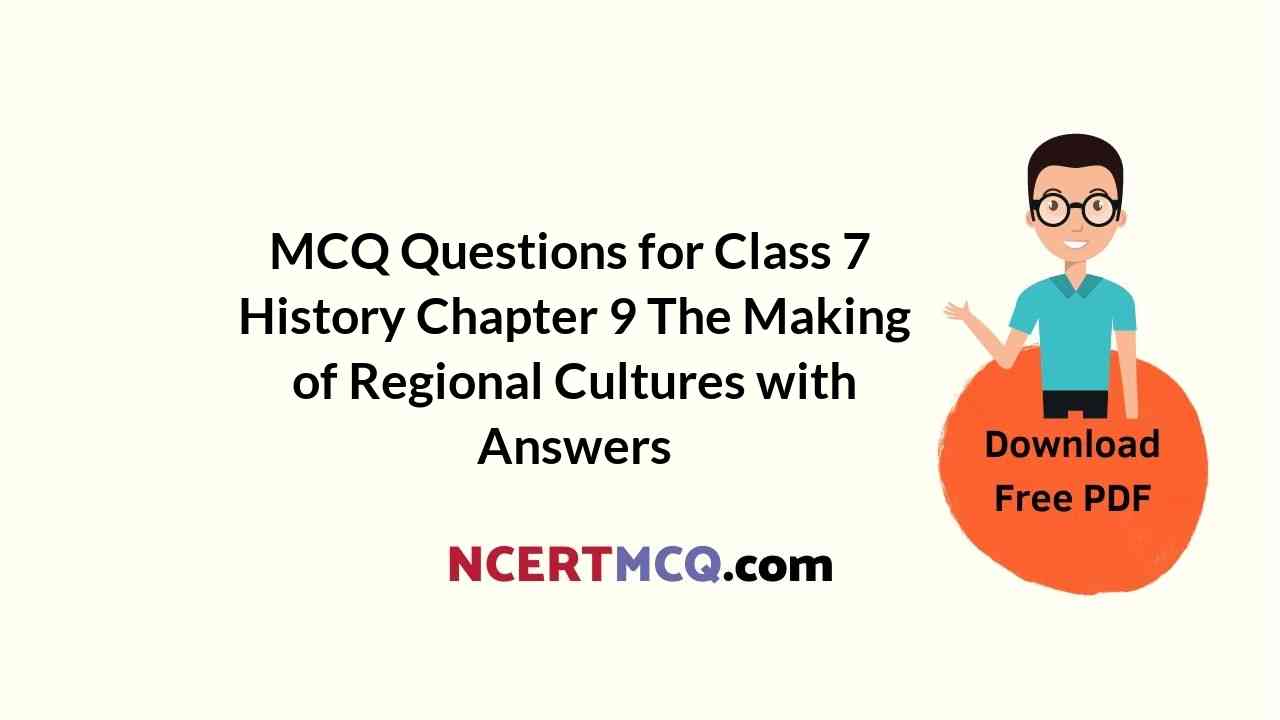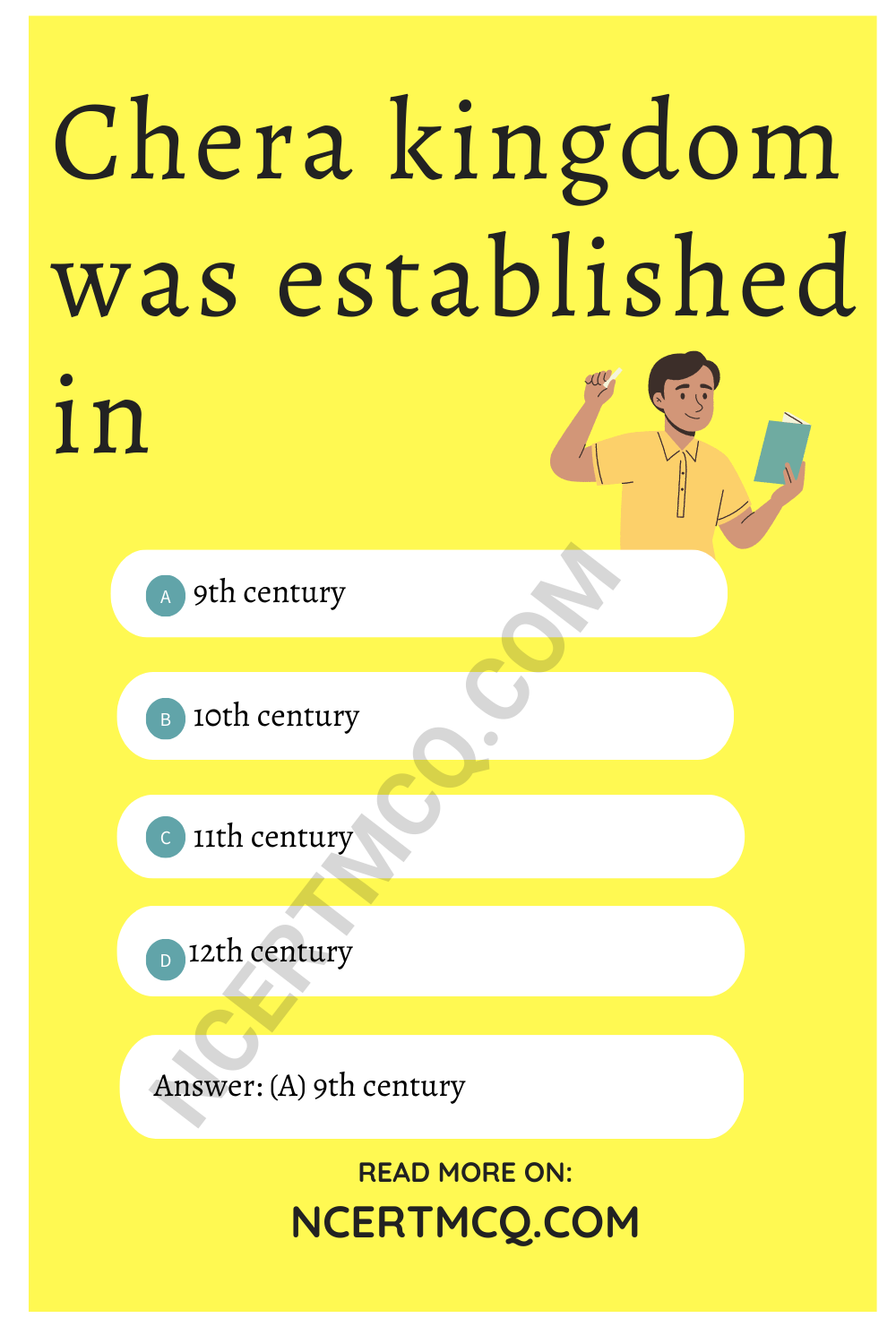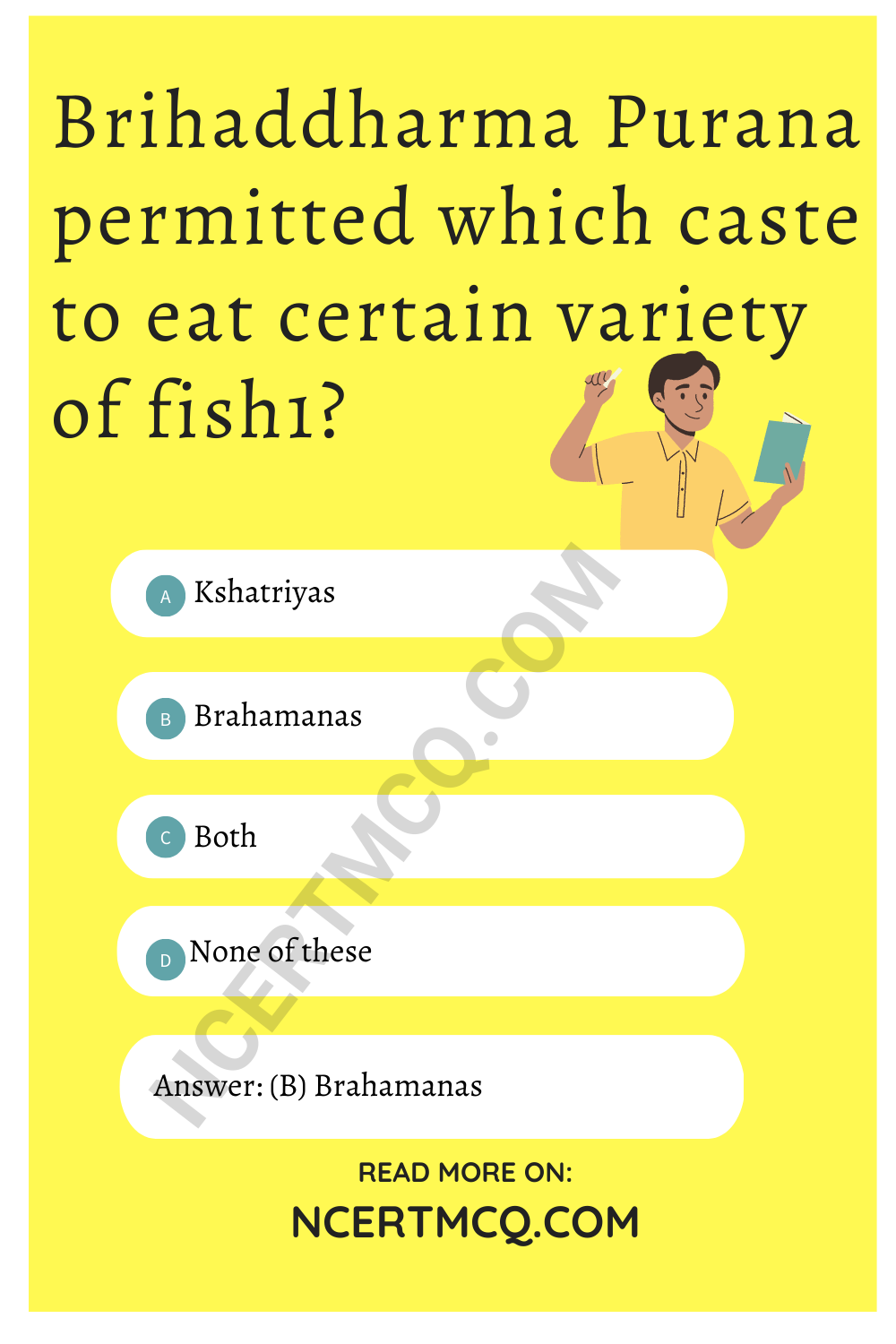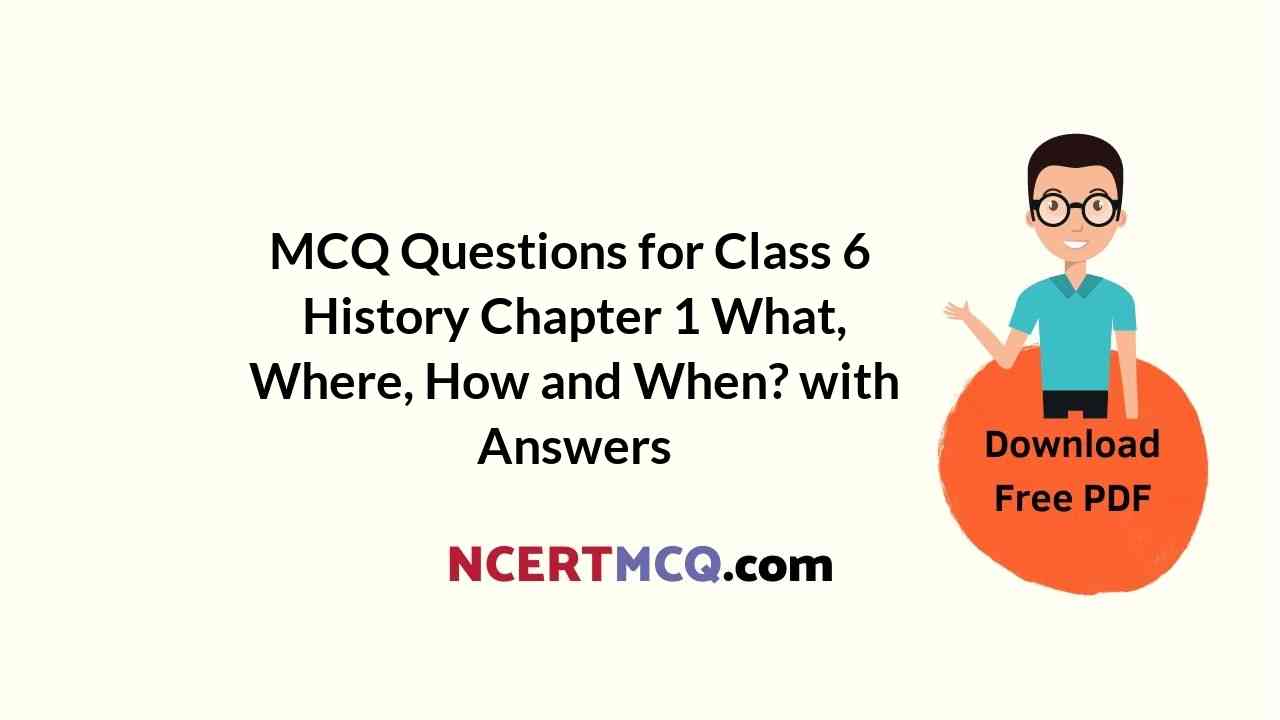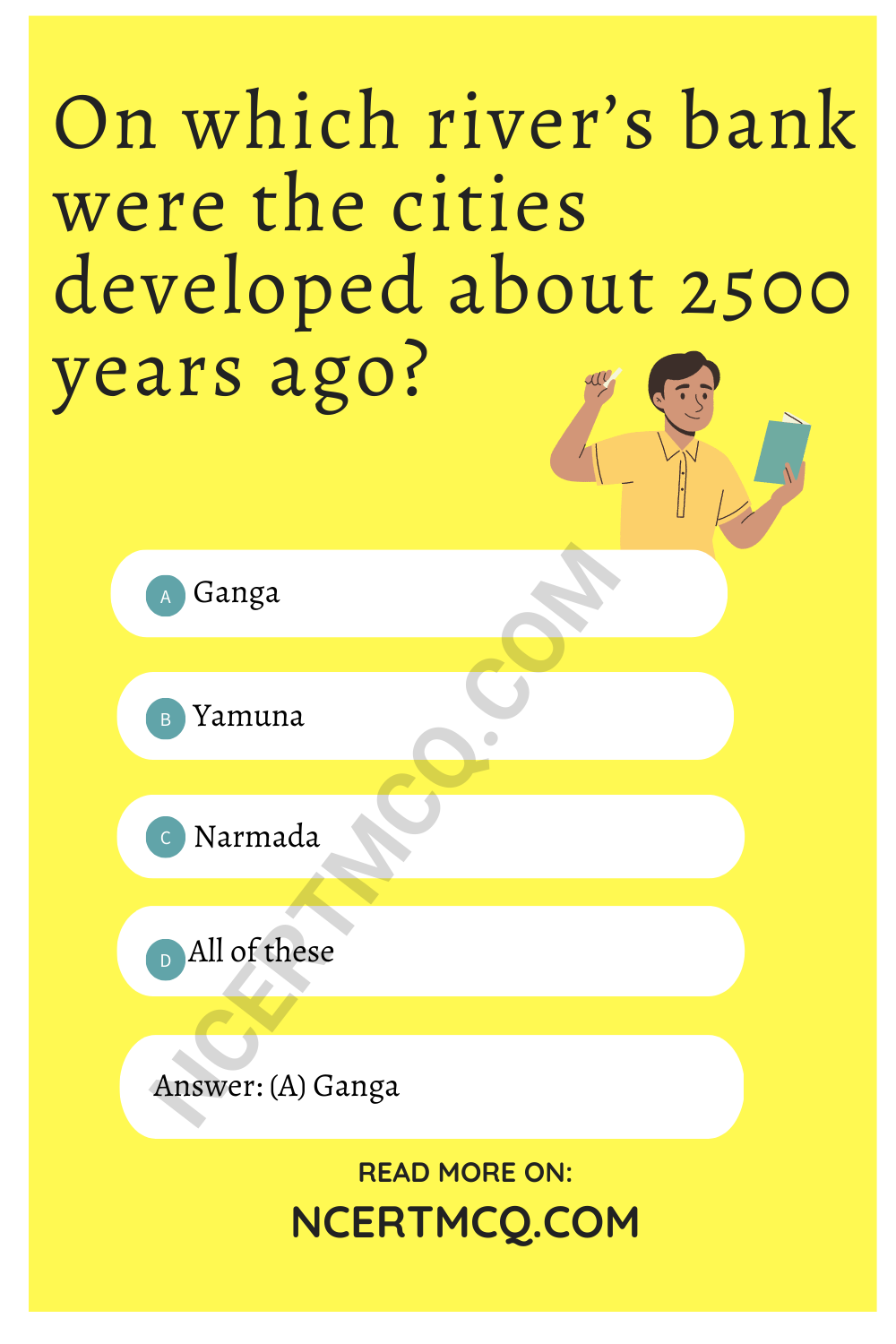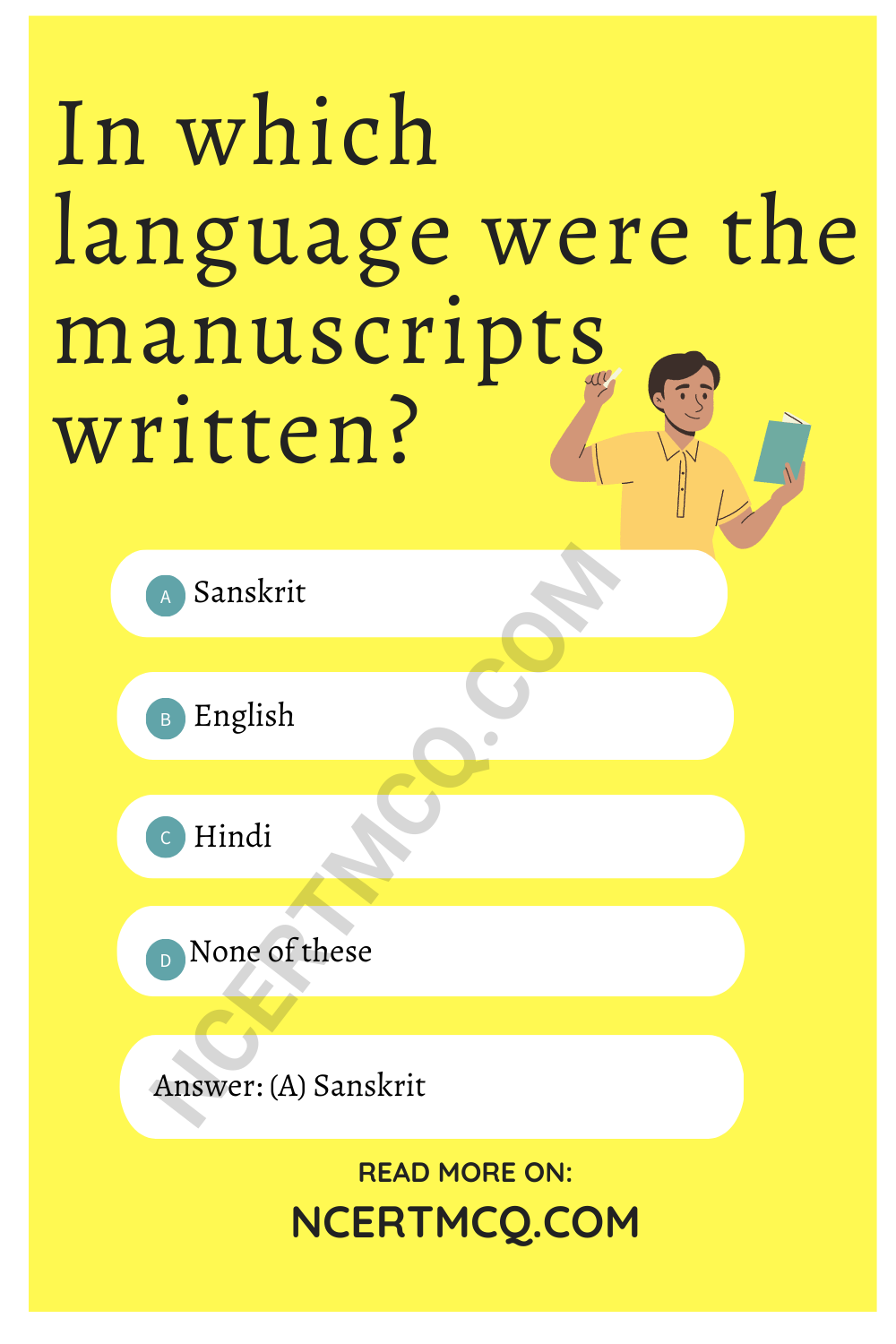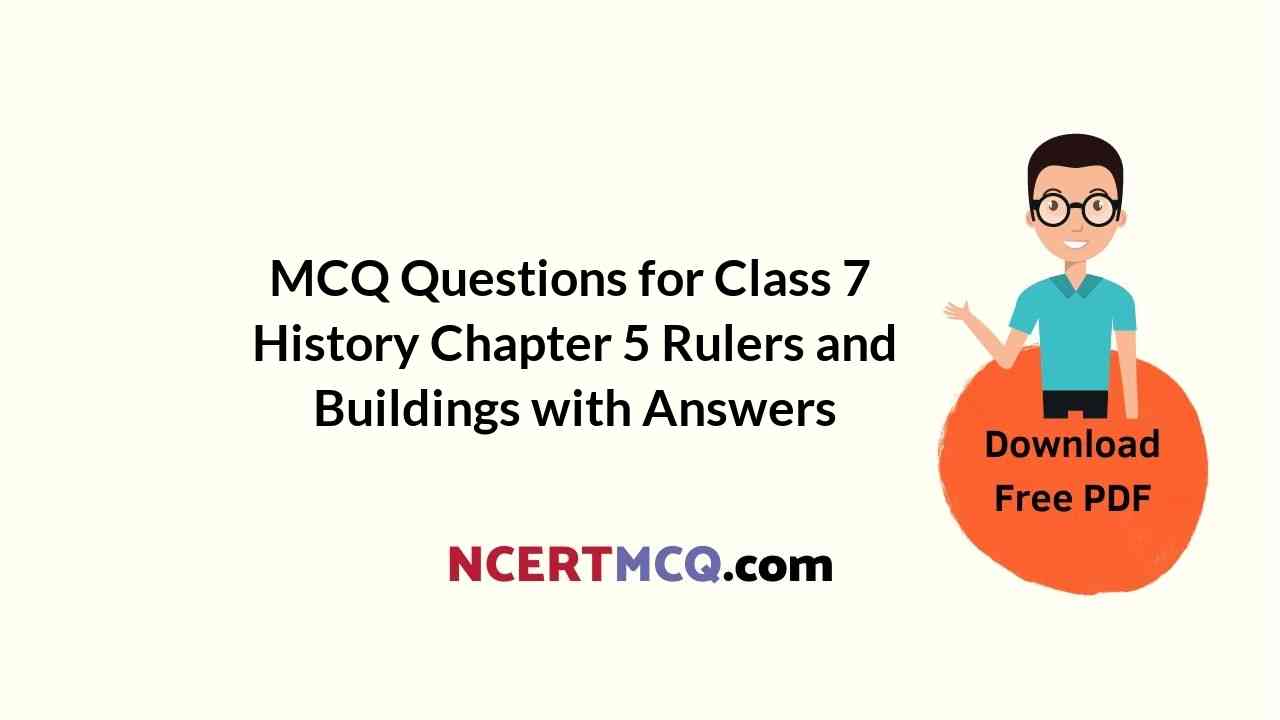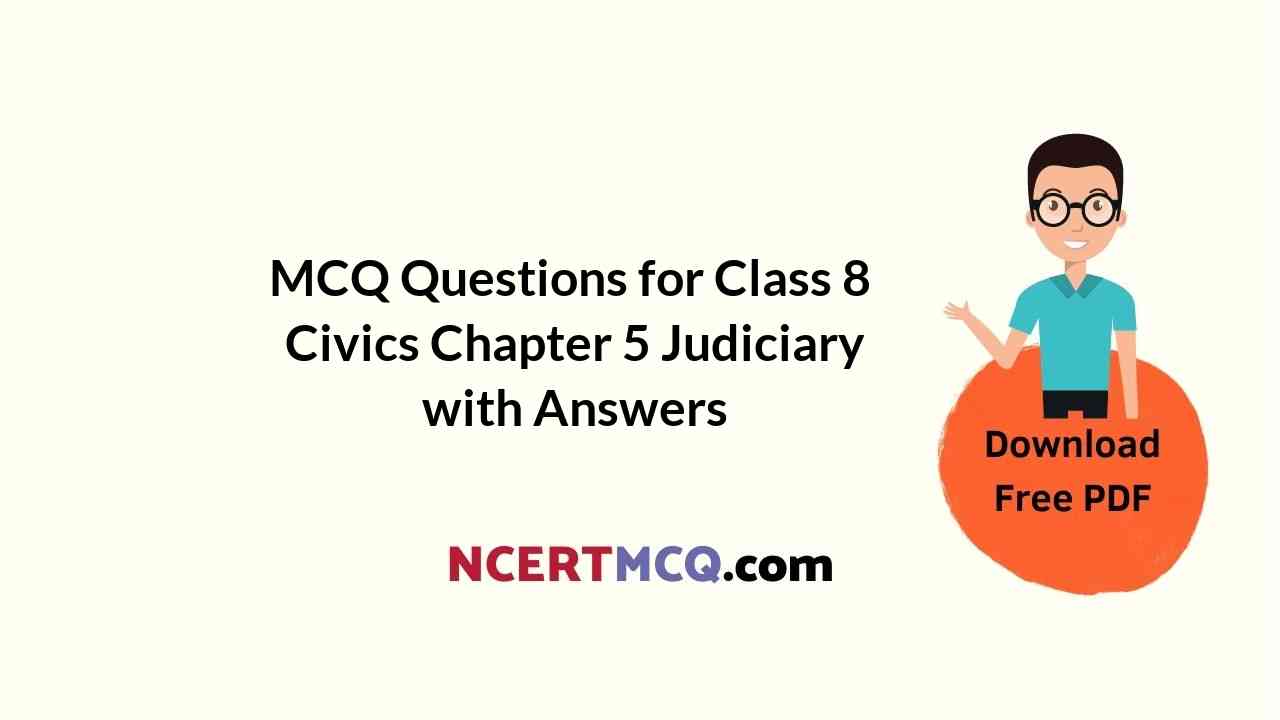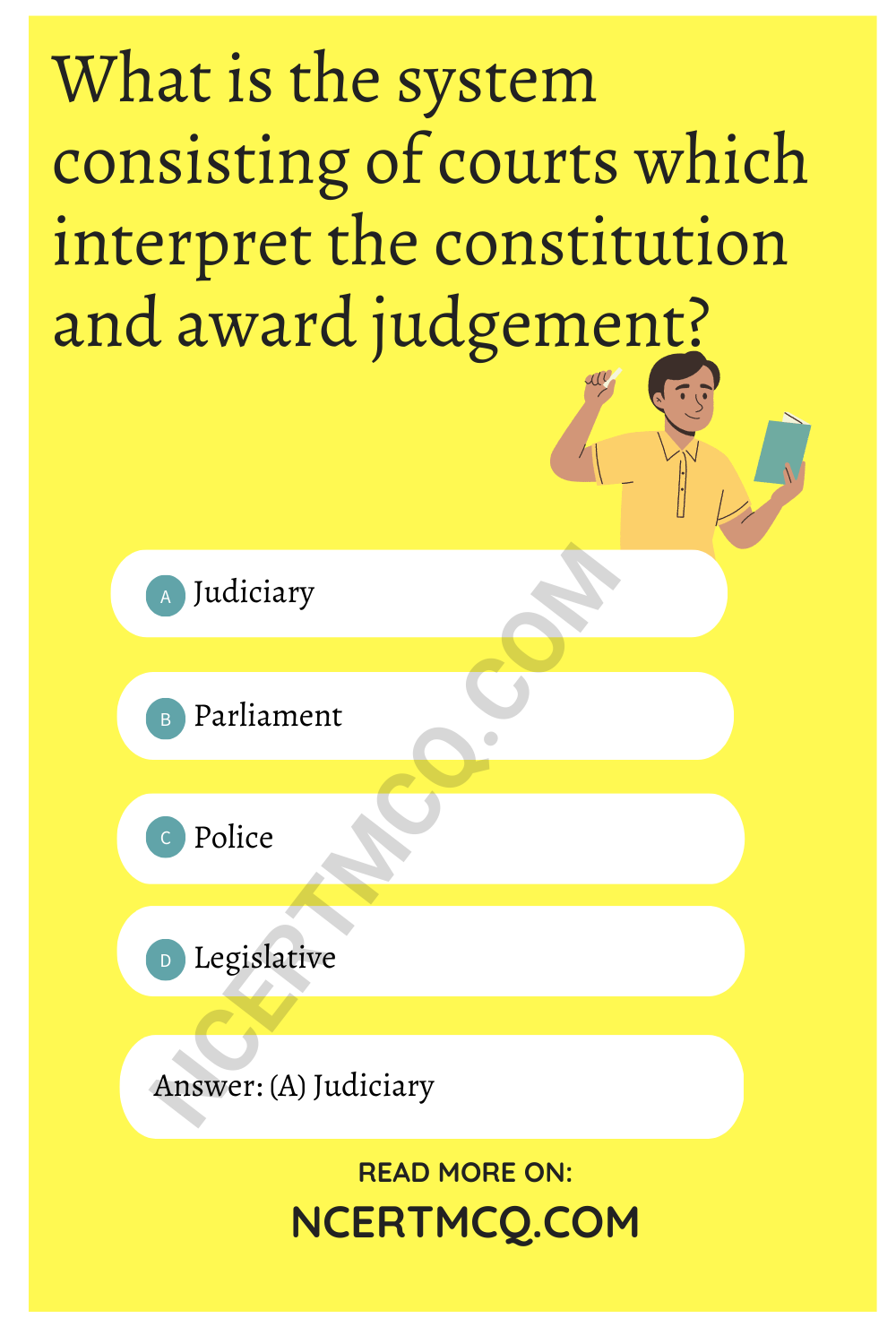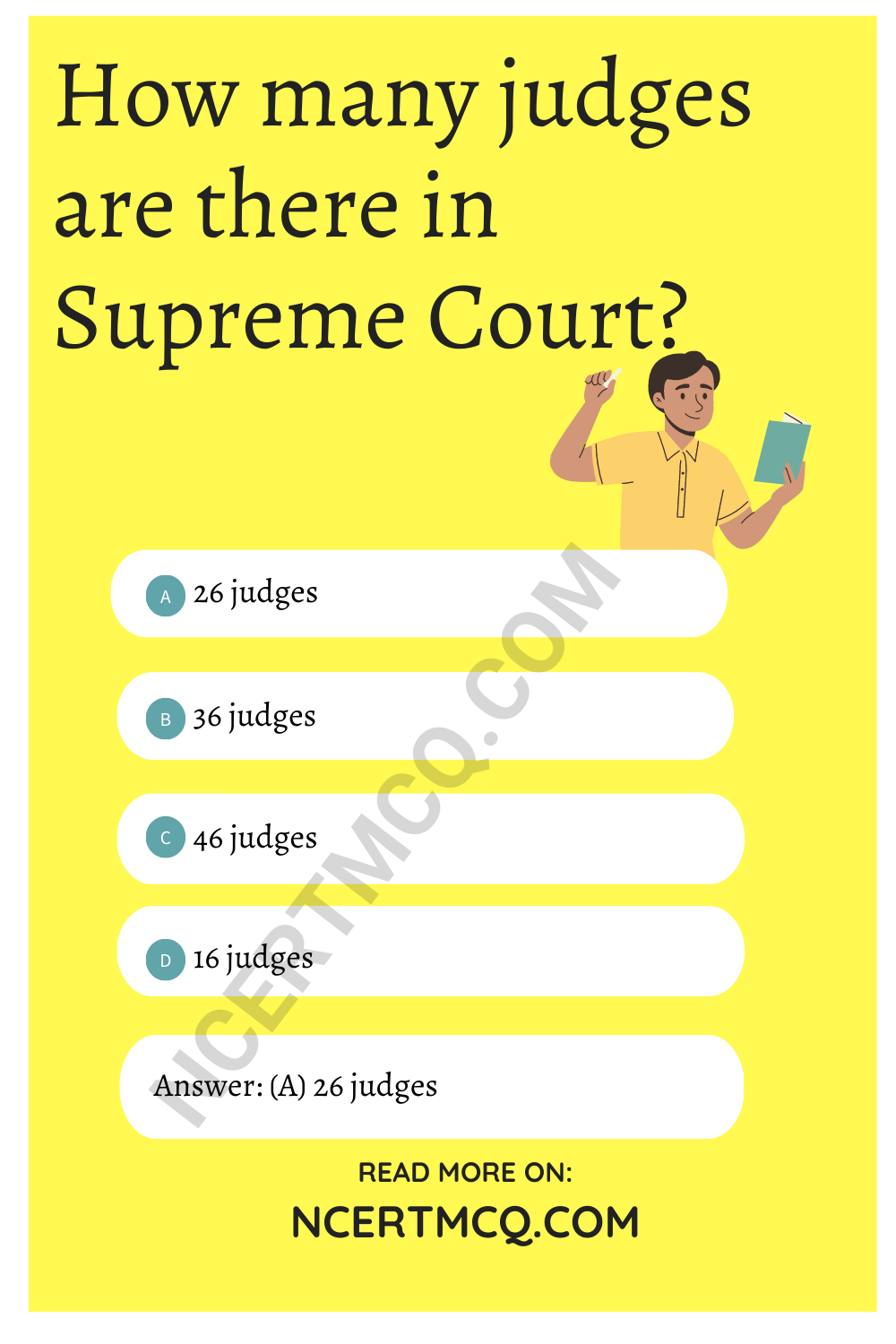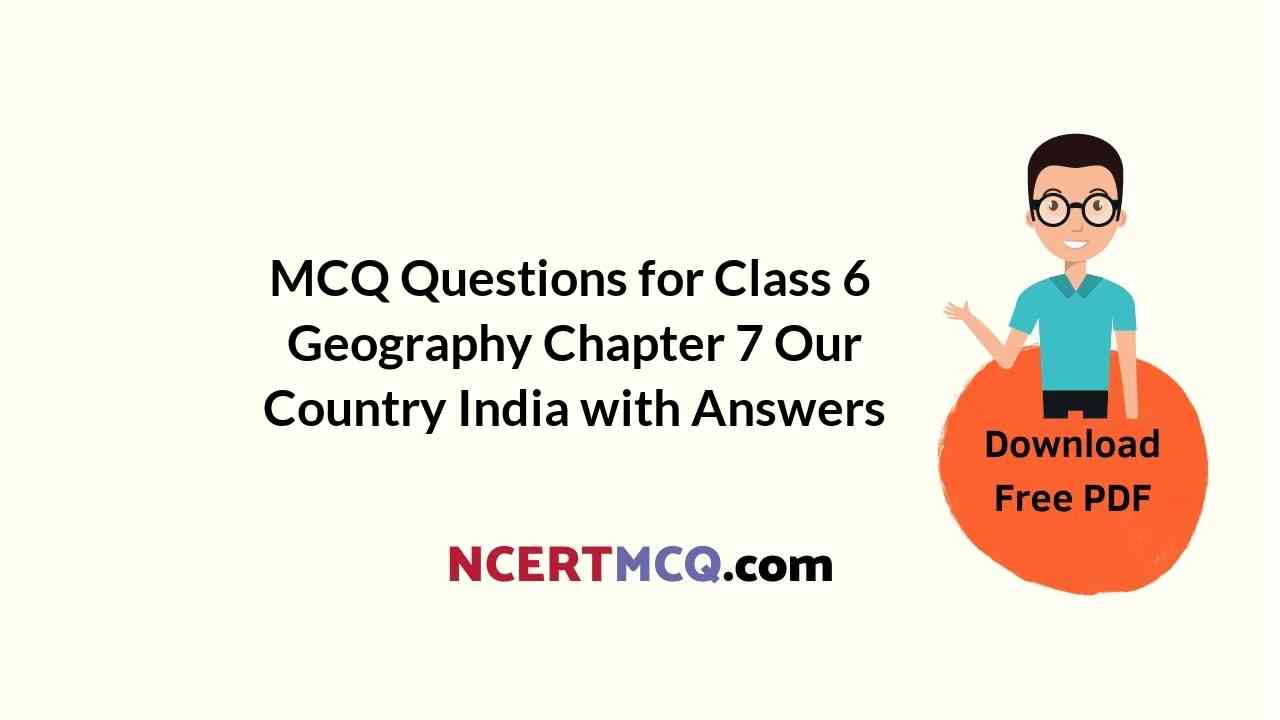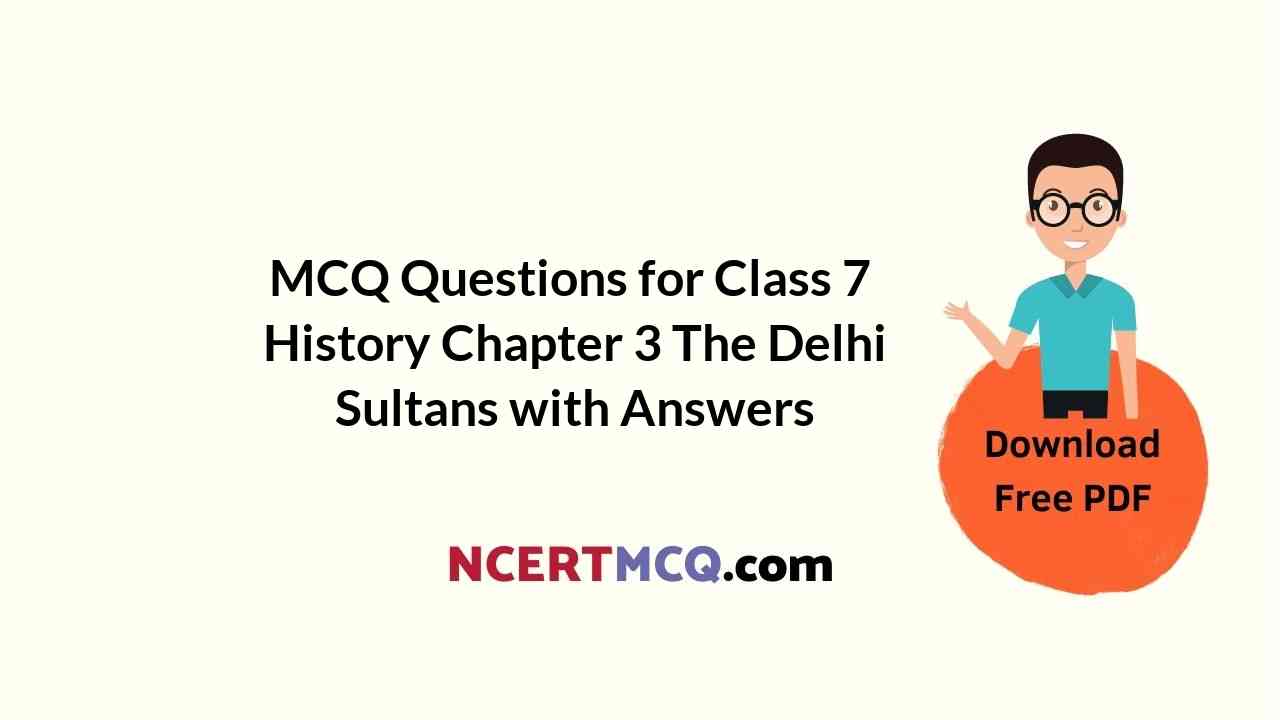Check the below Online Education NCERT MCQ Questions for Class 6 Civics Chapter 5 Panchayati raj with Answers Pdf free download. MCQ Questions for Class 6 Social Science with Answers were prepared based on the latest exam pattern. We have Provided Panchayati raj Class 6 Civics MCQs Questions with Answers to help students understand the concept very well.
Class 6 Social Science Civics Chapter 5 MCQ With Answers
Civics Class 6 Chapter 5 MCQs On Panchayati raj
Choose the correct answer:
Panchayati Raj Class 6 MCQ Question 1.
Where do people directly participate and seek answers from their elected representatives?
(a) Gram Panchayat
(b) Parliament House
(c) Both (a) and (b)
(d) None of these
Answer
Answer: (a) Gram Panchayat
Class 6 Civics Chapter 5 MCQ Question 2.
Why was the first day special for the village people?
(a) Gram Panchayat was holding its first meeting after election
(b) There was a wedding ceremony
(c) There was annual function of the school
(d) None of these
Answer
Answer: (a) Gram Panchayat was holding its first meeting after election
Panchayati Raj MCQ Class 6 Question 3.
Who is called the Sarpanch?
(a) Member of Panchayat
(b) Villagers
(c) Panchayat Head
(d) All of these
Answer
Answer: (c) Panchayat Head
MCQ On Panchayati Raj Class 6 Question 4.
The member of Panchayat is also called
(a) Member of Parliament
(b) Panch
(c) Prime Minister
(d) None of these
Answer
Answer: (b) Panch
Class 6 Panchayati Raj MCQ Question 5.
Who elects the Panchayat Head?
(a) All members of Gram Sabha
(b) Villagers
(c) Secretary
(d) All of these
Answer
Answer: (a) All members of Gram Sabha
MCQ Questions For Class 6 Civics Chapter 5 Question 6.
Who appoints Secretary of Gram Panchayat?
(a) Government
(b) Ordinary person
(c) Election Commissioner
(d) Landlord of village
Answer
Answer: (a) Government
Class 6 Civics Ch 5 MCQ Question 7.
From where do the village women have to get water?
(a) Suru river
(b) Ganga river
(c) Yamuna river
(d) Gomati river
Answer
Answer: (a) Suru river
MCQ Of Panchayati Raj Class 6 Question 8.
Who is responsible for calling the meeting of Gram Sabha?
(a) President of Gram Sabha
(b) Panchs of Gram Panchayat
(c) Secretary of Gram Sabha
(d) None of these
Answer
Answer: (c) Secretary of Gram Sabha
Ncert Class 6 Civics Chapter 5 MCQ Question 9.
What is the full form of BPL here?
(a) Bharat Petroleum Ltd
(b) Below Poverty Line
(c) Both (a) and (b)
(d) None of these
Answer
Answer: (b) Below Poverty Line
MCQ On Civics Class 6 Chapter 5 Question 10.
Who was the earlier Zamindar?
(a) Sukhi Bhai
(b) Amir Chand
(c) Birju
(d) Anwar
Answer
Answer: (b) Amir Chand
Civics Class 6 Chapter 5 MCQ Question 11.
Whose names should be included, in BPL families?
(a) Very poor person
(b) Middle family person
(c) High income group
(d) All of these
Answer
Answer: (a) Very poor person
Class 6 Civics Chapter Panchayati Raj MCQ Question 12.
What are the works of Gram Panchayat?
(a) Maintain roads of villages
(b) School buildings in villages
(c) Collecting local taxes
(d) All of these
Answer
Answer: (d) All of these
Class 6 Chapter 5 Civics MCQ Question 13.
What is Zila Parishad?
(a) District Panchayat
(b) Block Panchayat
(c) Gram Sabha
(d) None of these
Answer
Answer: (a) District Panchayat
Class 6th Civics Chapter 5 MCQ Question 14.
At which level does Zila Parishad actually make development plans?
(a) District level
(b) Panchayat Samiti
(c) Block level
(d) Government level
Answer
Answer: (a) District level
We hope the given NCERT MCQ Questions for Class 6 Civics Chapter 5 Panchayati raj with Answers Pdf free download will help you. If you have any queries regarding Panchayati raj CBSE Class 6 Civics MCQs Multiple Choice Questions with Answers, drop a comment below and we will get back to you soon.
Class 6 Social Science Civics MCQ:
- Understanding Diversity Class 6 MCQ
- Diversity and Discrimination Class 6 MCQ
- What is Government Class 6 MCQ
- Key Elements of a Democratic Government Class 6 MCQ
- Panchayati raj Class 6 MCQ
- Rural Administration Class 6 MCQ
- Urban Administration Class 6 MCQ
- Rural Livelihoods Class 6 MCQ
- Urban Livelihoods Class 6 MCQ
